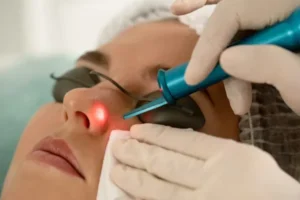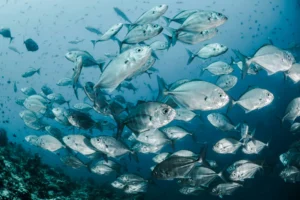This week, the mining sector made headlines after officials confirmed Iran’s lithium and antimony discoveries across multiple provinces. The Iranian Mines and Mining Industries Development and Renovation Organization (IMIDRO) announced it had discovered 7,000 metric tons of antimony after a decade of exploration.
The largest deposit lies in Sistan and Balochistan and could supply 10% of global antimony demand. Antimony is vital in producing flame retardants, solar panels, and military hardware, making these findings strategically important.
As global demand increases and Chinese exports tighten, antimony prices are climbing, with projections hiring $30,000 per metric ton. Meanwhile, reports of high lithium concentrations in Qom Salt Lake and Semnan Province circulated after Iran’s Ministry of Industries, Mines, and Commerce published new data.
Fars News Agency claimed Iran might emerge as a significant lithium power, but the facts suggest otherwise. Experts revealed that the brine concentrations only yield 500 to 600 tons of lithium, not the 8.5 million tons first declared in early 2023.
A senior official clarified that Iran’s deposits consist primarily of lithium-rich clay, not commercially viable hard rock or brine reserves. False claims that Iran owns 20% of the world’s lithium resurfaced on social media, often spread by hardline figures.
These include past statements that Elon Musk sought Iran’s lithium, a baseless theory meant to spark nationalistic optimism amid economic struggles. Geopolitical analysts warned that exaggerating mineral discoveries could distort public expectations and damage long-term investment credibility.
Despite promising studies, Iran remains far behind top producers like Bolivia, Chile, and Australia in lithium potential. Iran continues expanding its mining infrastructure to shift reliance away from oil exports.









